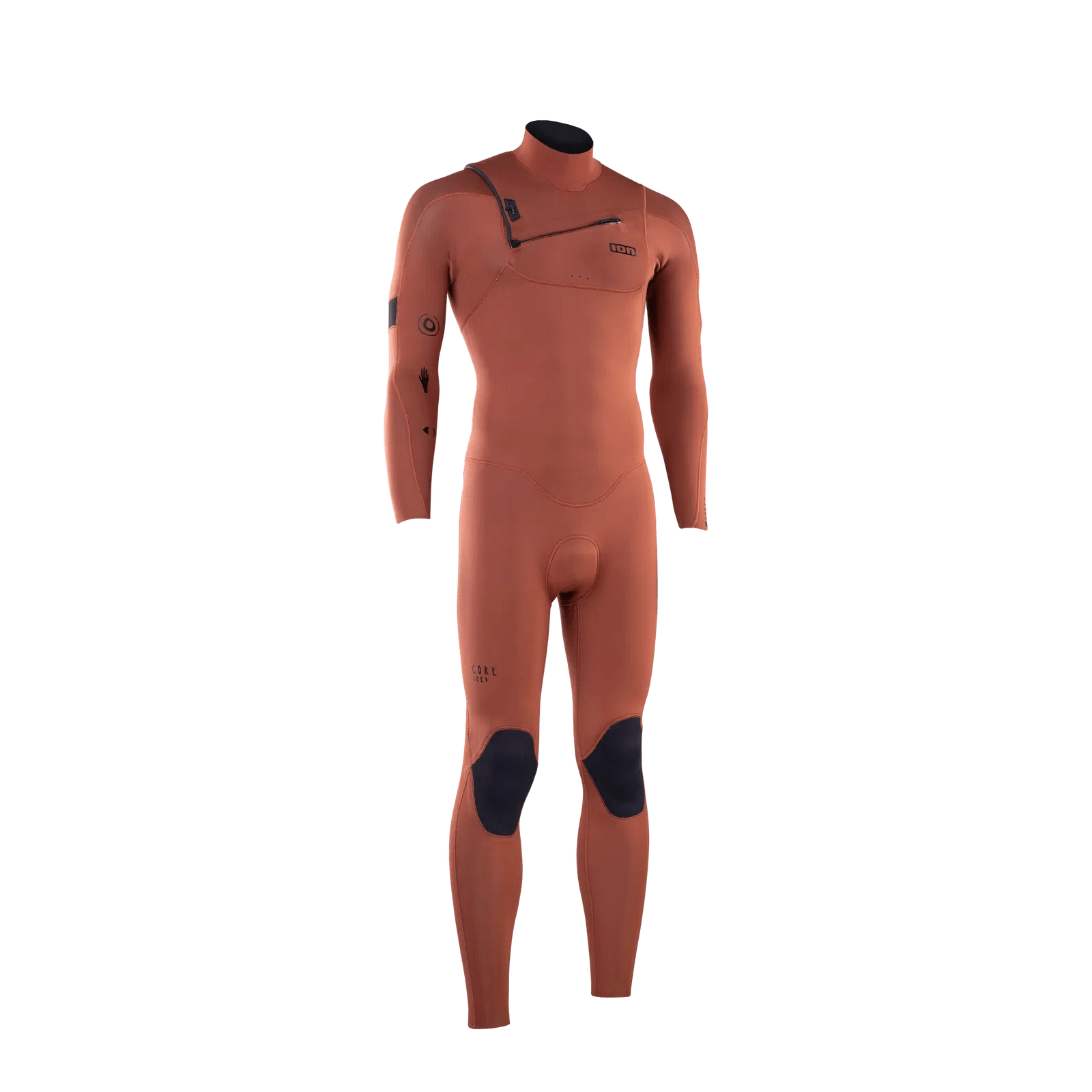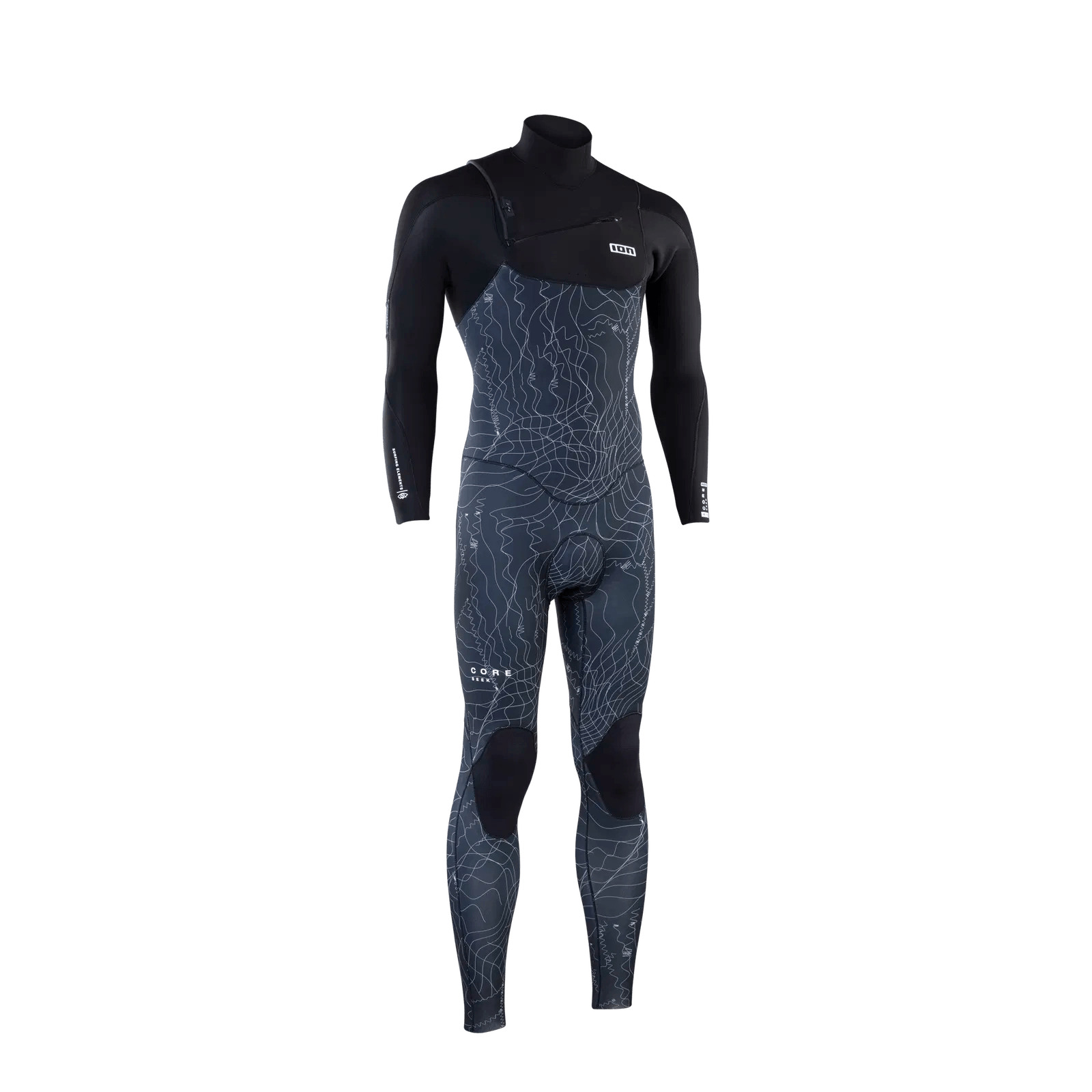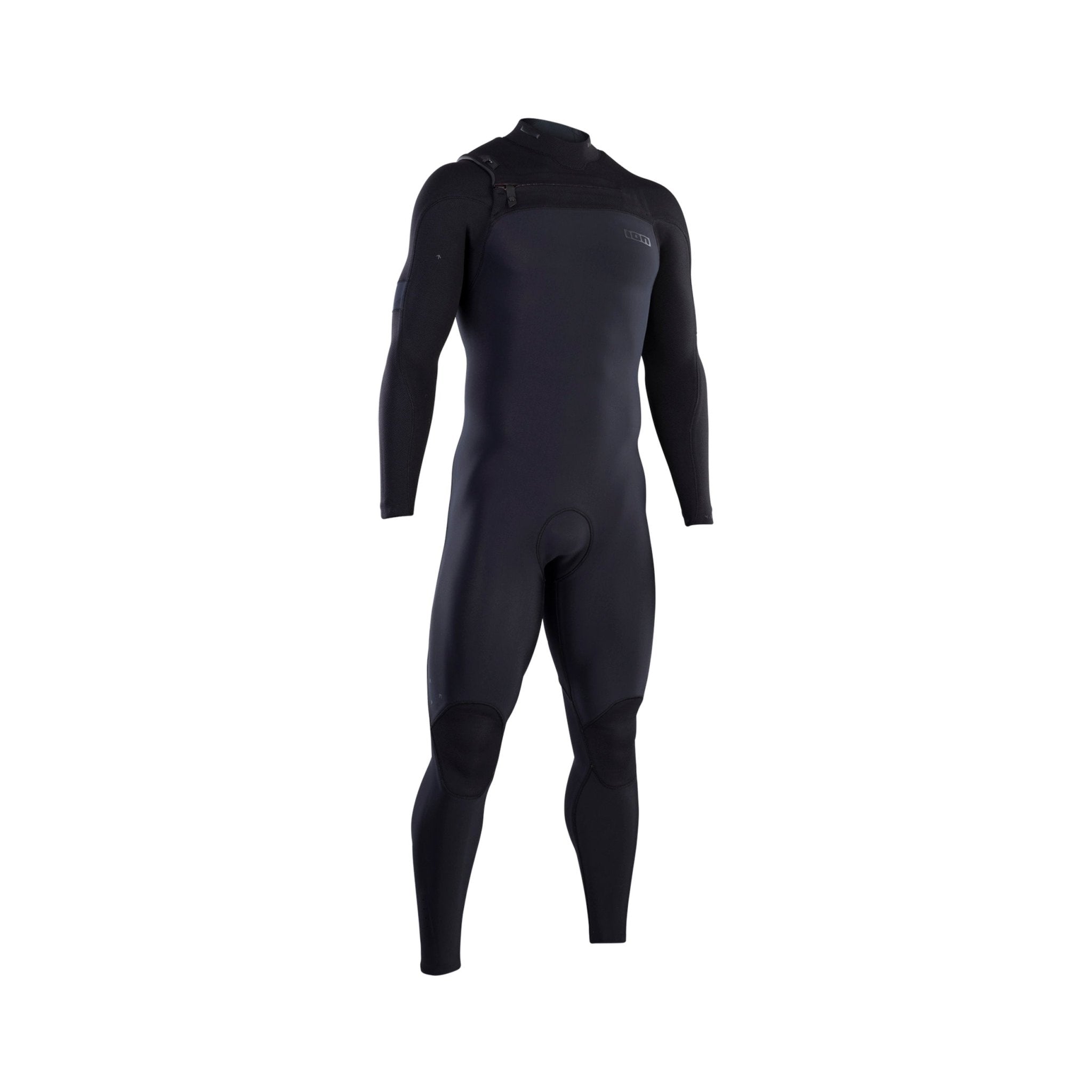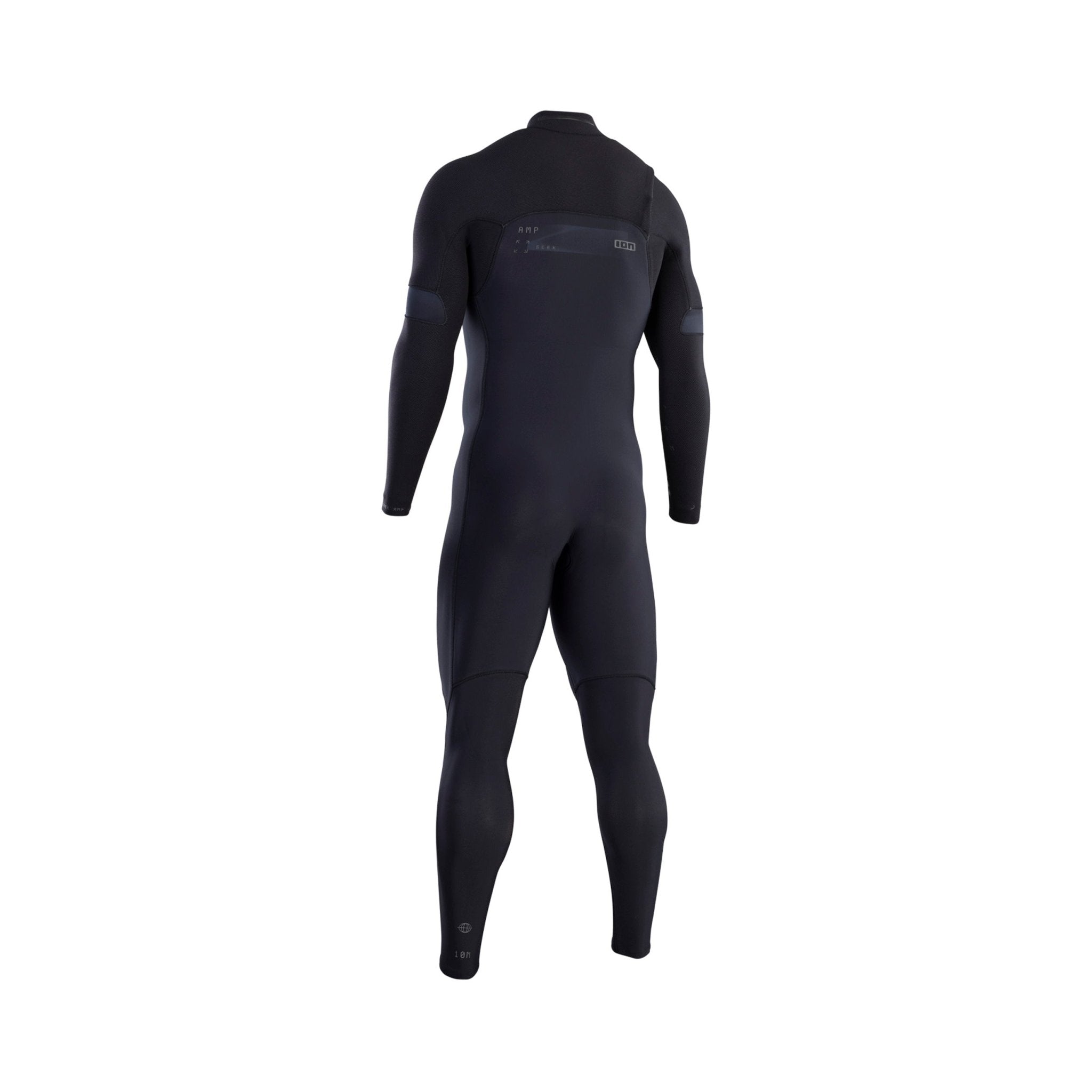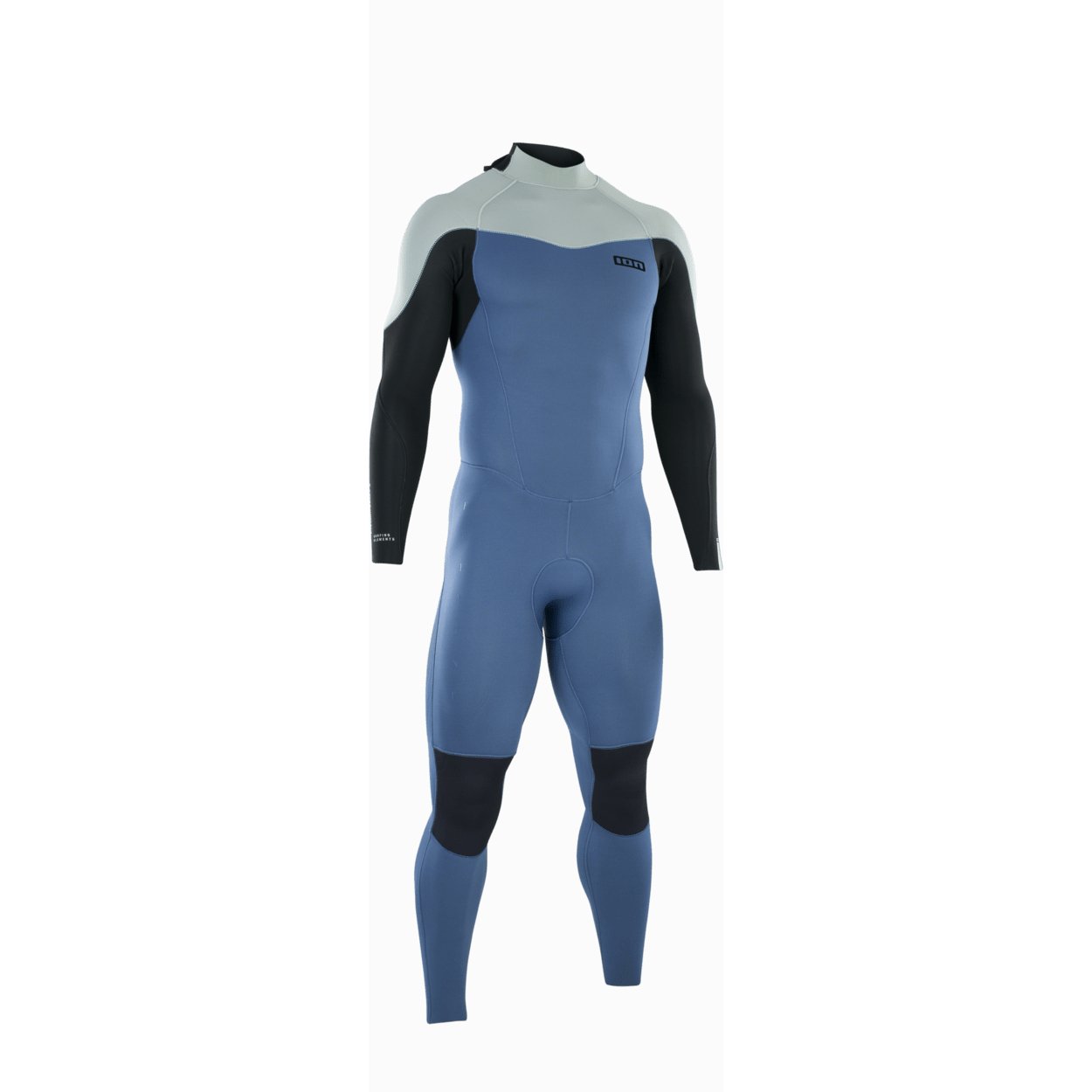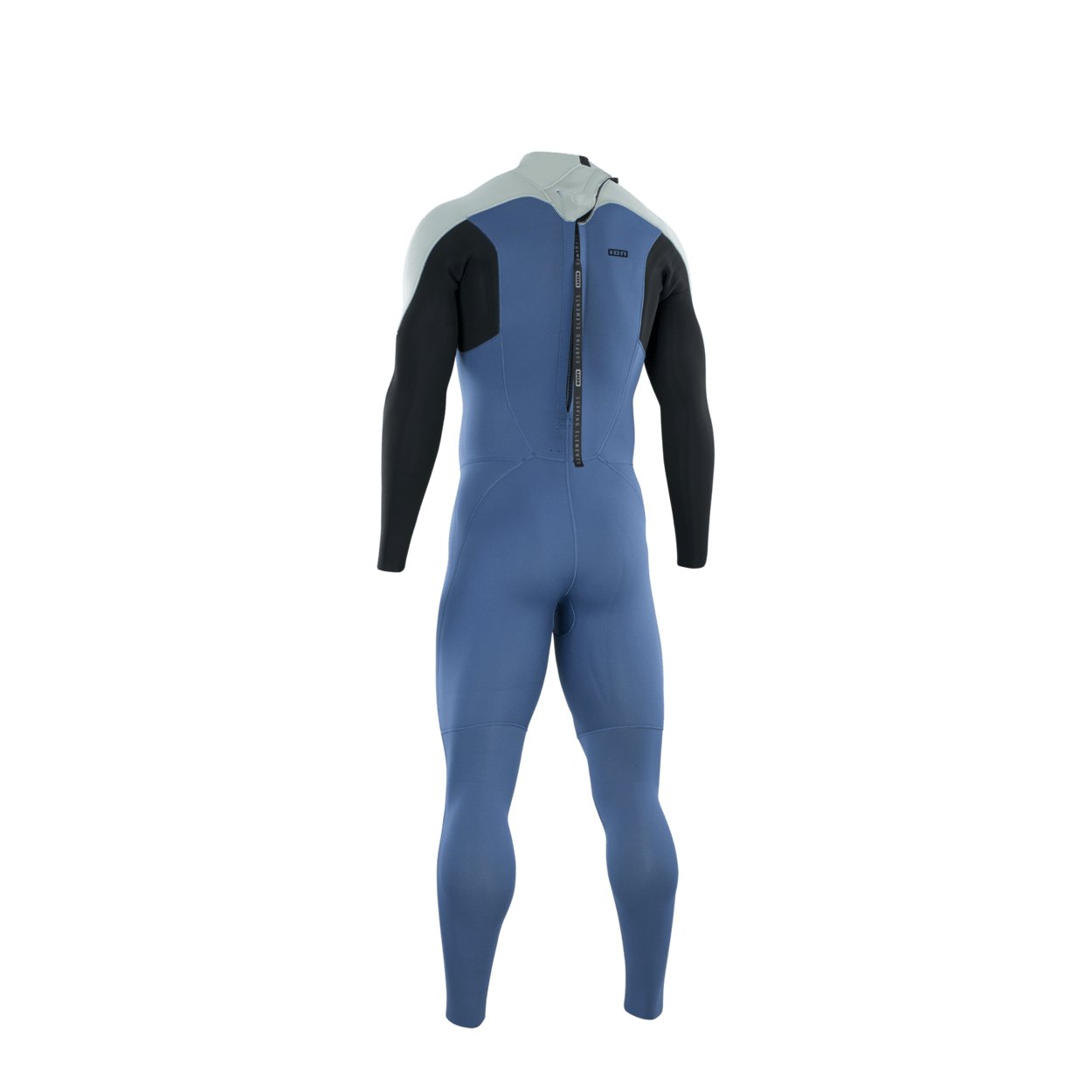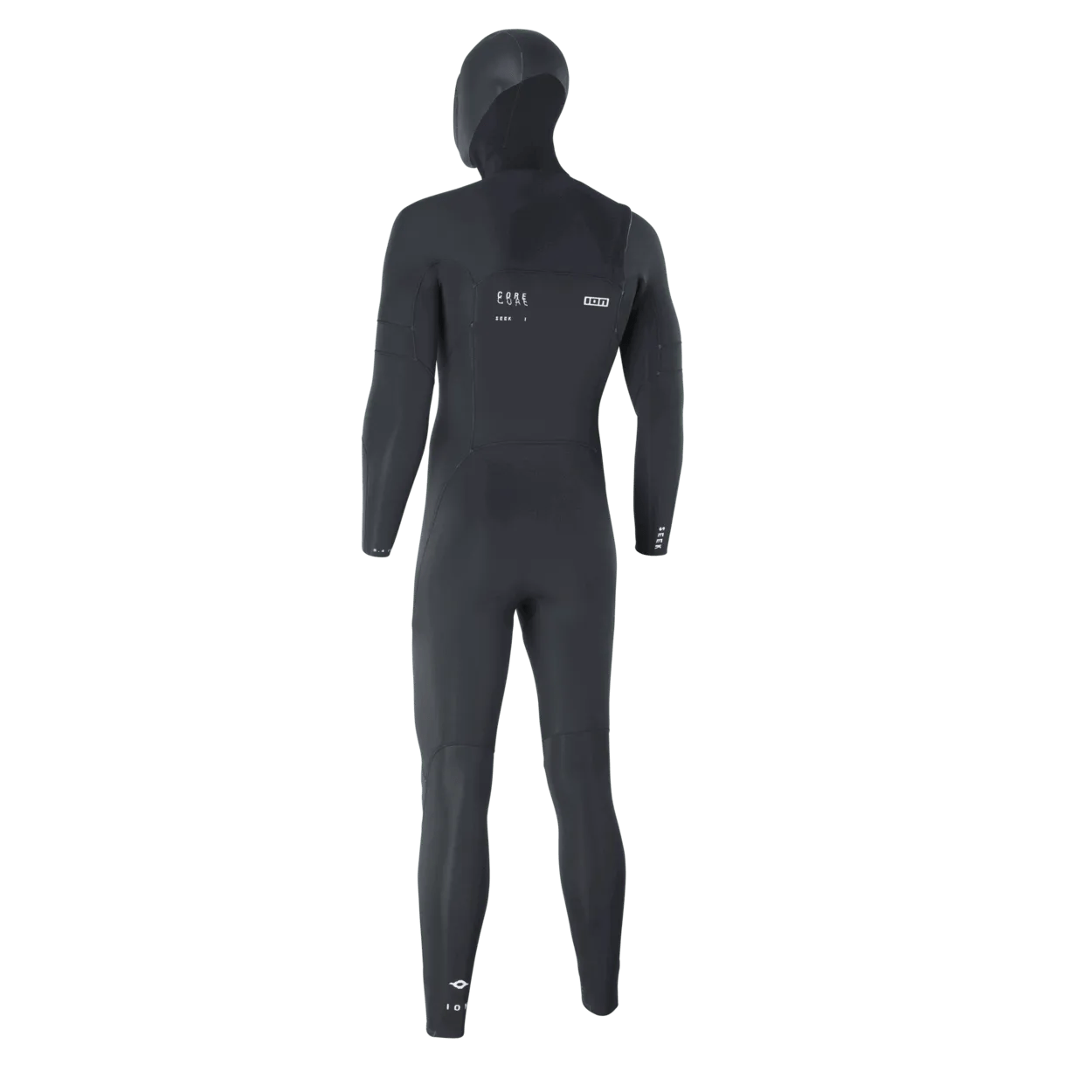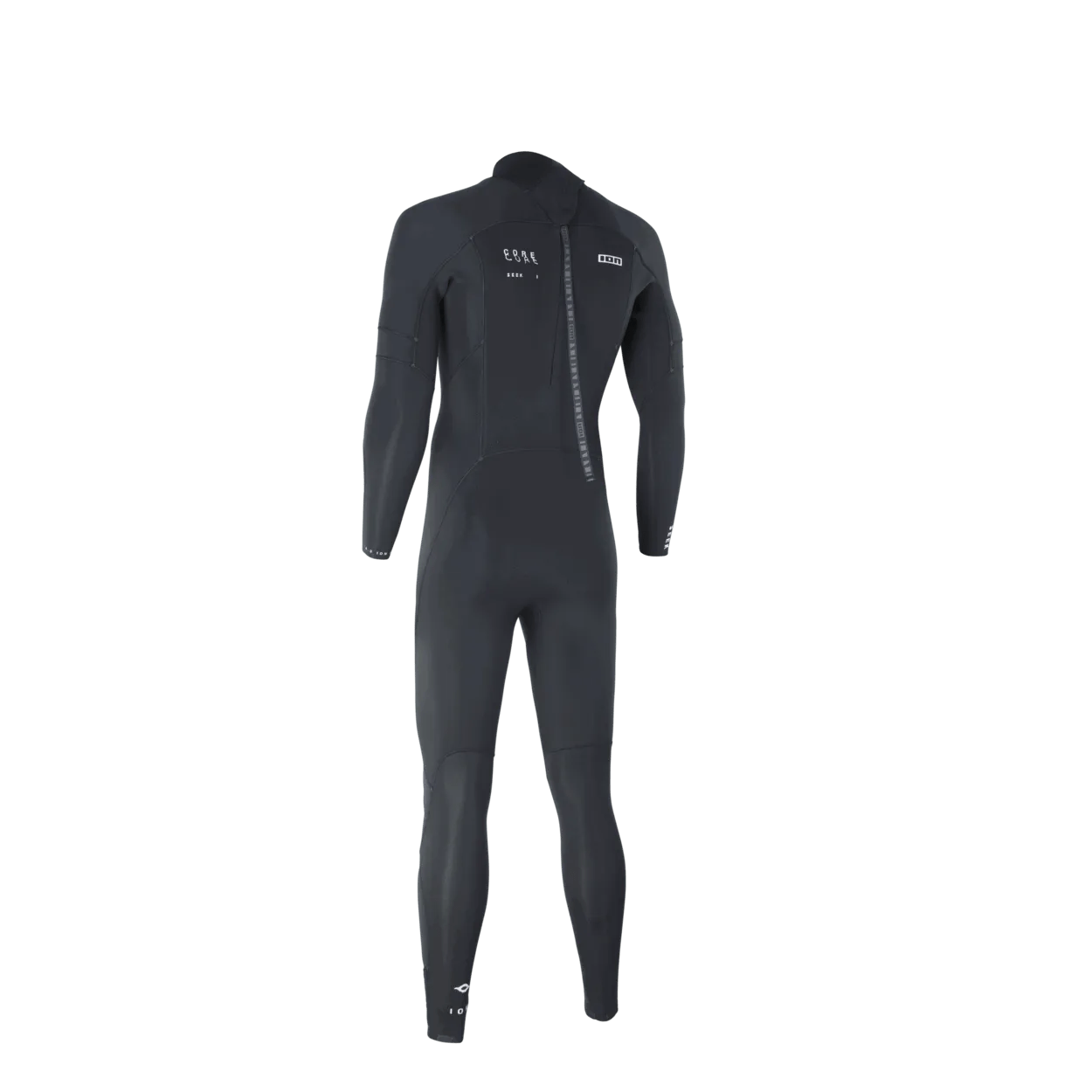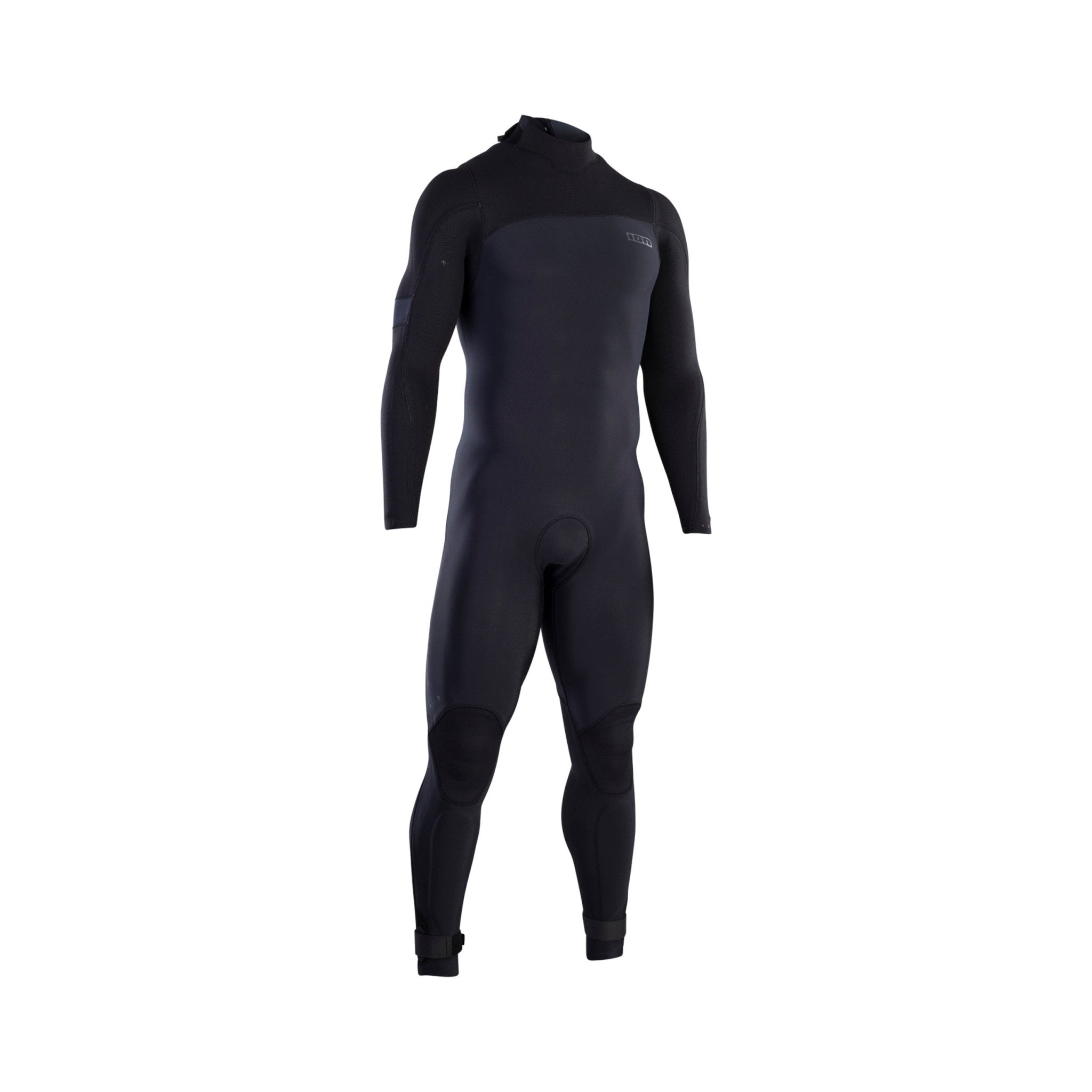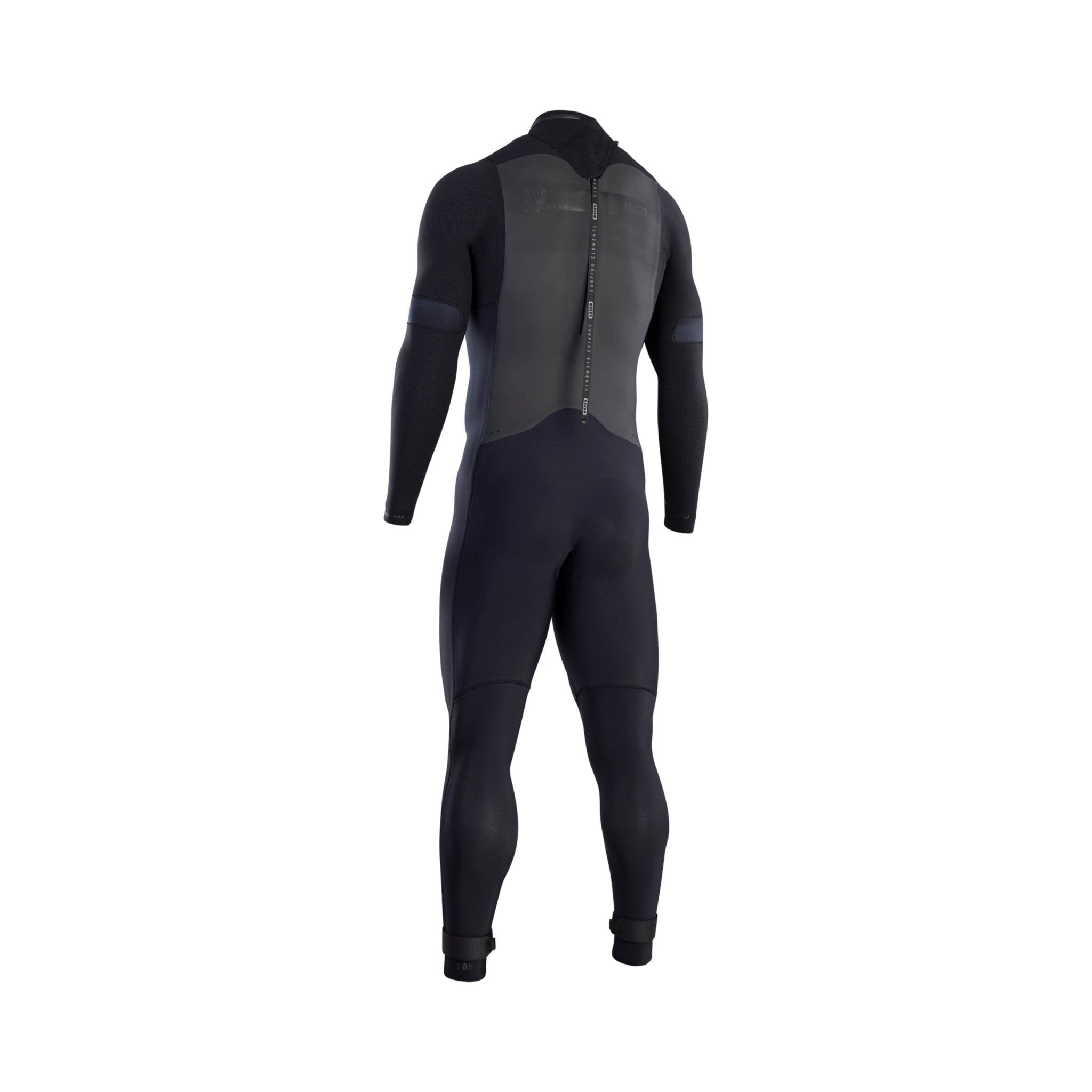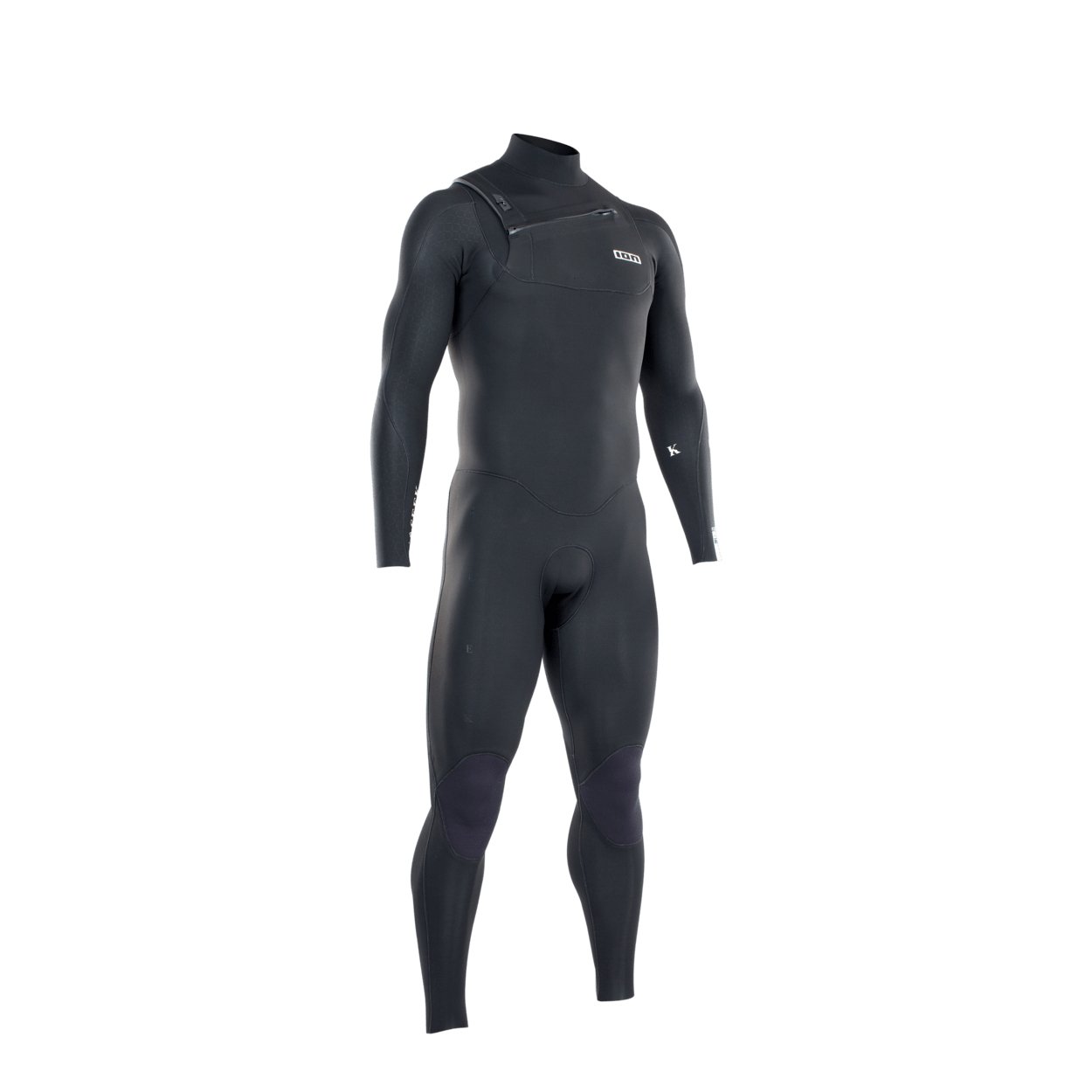Men's 5/4 Winter Wetsuits
22 products
Showing 1 - 22 of 22 products
Face the elements. ION wetsuits for men & women are made for the toughest storms, catching wave after wave and pushing the limits of your own imagination. Discover premium features, maximum warmth and optimum stretch for your adventures.
Why should I choose an ION wetsuit?
ION stands for premium materials as well as for a progressive and functional design. That's why ION wetsuits support our athletes in kitesurfing, surfing or windsurfing every day in their pursuit of world championship titles and other records. And in the future also you!
ION offers wetsuits for every application and every need. As passionate watermen & women we are convinced that investing in a high-quality wetsuit is the real deal. During your time in or on the water you to focus on your kiting, windsurfing or surfing and not worry about uncomfy gear. Nothing is more annoying than having to leave the water early because the suit does not keep you warm enough.
Which ION wetsuits are available?
Basically, ION wetsuits are divided into the following 3 product lines:
-
AMAZE: Amaze is the ION wetsuit line for women.
-
SEEK: Seek is the ION wetsuit line for men.
-
CAPTURE: Kids and teens will find the equipment of their choice in the Capture wetsuit line.
ION SEEK and ION AMAZE are divided into three levels:
-
Select: Select is the premium line from ION. Thanks to Graphene_Plush lining and Max_Flex outside lining, the Select level combines ultimate warmth with incredible flexibility. Only the highest quality materials are used, and no compromises were made.
-
Amp: The Amp Level from Seek and Amaze features lightweight and unparalleled flexibility. Max_Flex in the shoulder and arm area guarantees you maximum freedom of movement with high warmth retention.
-
Core: Thanks to the clever use of selected features from higher lines and thoughtful cuts, you will find the perfect price-performance ratio in Core Level suits.
-
Element: In addition to the three levels of Amaze and Seek, ION Element offer comfortable and robust material for beginners & minimalists.
Furthermore, ION offers a wide range of shorties & summer suits, steamers and drysuits.
What is the function of a wetsuit?
The most important function of a wetsuit is protection against the elements. May it be cold water, wind chill, UV-rays or abrasions from your board, gear or reefs – wetsuits can do far more than just shelter against the cold.
What are the types of wetsuits?
Wetsuits or neoprene suits come in many different types. They vary by gender, area of use, air and water temperature, and personal preference.
Basically, there are wetsuits for women, men and children and teenagers. This variation is due to the difference in cuts. Wetsuits for women are specifically tailoired to the female anatomy. The same is true for men and youngsters.
The intention of a wetsuit is to keep the water sports enthusiast warm on or in the water. This is mainly made possible by the thickness of the neoprene and the lining used. If even a very thin wetsuit is too warm, it is advisable to choose a "shorty" or "steamer". Shorties are wetsuits that have both short sleeves and short legs. Steamers are wetsuits with long legs and short sleeves. For particularly cold days, thick "semidry" wetsuits with an integrated hood are an option. The selection is completed by drysuits.
Certain wetsuits are better suited for one area of use than others. The ION Protection Steamer, for example, is designed for riding styles with a high risk of injury. It is a popular choice for windsurfers and wing foilers. The ION Fuse Lightweight Drysuit is the choice for relaxed SUPing or foiling in very cold environments.
Personal preference is the zipper type of wetsuit. ION wetsuits are available with Front zip (zipper in the front), Back zip (zipper in the back) and partly as No zip (without zipper).
How do I choose the perfect wetsuit for me?
You can choose the perfect wetsuit by being aware of your main use and personal preference. Answer yourself the questions:
- "Where will I mainly use the wetsuit?"
- "How sensitive to cold am I?"
- "What will the water and air temperature be like in my primary location of use?"
Once you're aware of this, you'll know what thickness you need. Keep in mind that thickness alone does not determine the overall warmth of a suit. The lining used also contributes to heat retention.
Then decide which type of entry or zipper you prefer. Be sure to compare your measurements with the size chart provided. It is essential that your wetsuit fits well. Choosing the right size is very important. To be on the safe side, we recommend that you try on the wetsuit in the store.
How thick should my wetsuit be?
What thickness is needed is difficult to answer in general and depends on various factors. For most northern European countries, a 4/3 or 5/4 is recommended for autumn, a 5/4 for winter and a 5/4 with separate hood or even a 6/5 with an integrated hood for the really cold days.
It should be noted that in addition to personal sensitivity to cold, of course, the air temperature and water temperature is crucial. In addition, how often you actually are in the water when practicing the sport. Surfers, for example, are continuously in the water, while kite surfers are rarely in the water, depending on their riding level & style. Windsurfers and kite surfers are also always exposed to the wind. This further increases the perception of cold.
Not to be forgotten are dry suits. The ION Fuse Drysuits prove themselves in kiteboarding, wing foiling, windsurfing and SUP when the temperatures are really freezing.
On the product pages of ION wetsuits, we indicate for which temperature range the suit is designed in the respective thickness. Here you will notice that the same thickness on different models is not always designed for the same temperature.
The inner lining of the neoprene plays a big role in thermal insulation. ION's premium models SEEK Select (men) and Amaze Select (women) feature an inside lining coated with 100% Graphene, which makes the suit 20% warmer! This is a quantum leap in wetsuit technology because windsurfing/kitesurfing/surfing at five degrees air temperature? That just got a whole lot more enticing with the addition of Graphene_Plush.
Even when you're in the water in warmer environments, a high-quality lining plays a crucial role. Thanks to a high-quality lining, a comparatively thin wetsuit can provide the same warmth as a thicker level without thermos lining.
A 4/3 mm ION SEEK Select wetsuit with Graphene Plush inside lining is just as warm as an average 5/4 mm wetsuit. You can choose a less tick wetsuit, have better flexibility of the material, and the cost will remain comparable.
How do the types of wetsuits break down by warmth factor?
Drysuits are literally dry suits. They have long sleeves, long legs and a hood. The neoprene thickness is 4/3. They are designed for extreme cold-water temperatures between five to 15 degrees. Dry suits prevent the penetration of water.
Semidry suits allow water to penetrate to a small degree to create a thin insulating layer between the skin and the suit. Most of the time they have long sleeves and long legs. The thickest semidry wetsuits are also available with an integrated hood. The thickness ranges from warm 6/5 to 3/2mm neoprene. Depending on the neoprene thickness, semidry suits are rated for water temperatures from zero to 25 degrees.
Steamers have short sleeves and long legs. Their thicknesses of 2/2 mm and 3/2 mm make them suitable for water temperatures between 15 and 30 degrees. They are the transition between semidry and shorties.
Overknees have long or short sleeves. Their leg length extends below the knee. 3/2 mm or 4/3 mm thick neoprene makes ION Overknees the choice for the transition between semidry and shorties. This provides additional protection against abrasion to the knees.
Shorties have short sleeves and short legs. The neoprene thickness of 0.5 to 1.5 mm makes them the perfect choice in water temperatures of 20 to 30 degrees. They provide protection from the sun and wind in warm temperatures.
In even hotter temperatures, rashguards and neo tops shelter you against the sun and wind. They are tops made of neoprene or Lycra with short or long sleeves. Boardshorts and Neo Pants are the matching bottoms with short legs. They offer basic protection and are quick drying.
When does a wetsuit fit properly? And what should I look for in the fit of the wetsuit?
With wetsuits, the statement "fits like a second skin" applies. Trying it on for the first time will probably not be easy for you. It is very important to consider the size tables of the manufacturer. Basically, a wetsuit should sit firmly, not wrinkled and not loose.
In no case should a wetsuit restrict your movements when surfing, kiteboarding or windsurfing. Furthermore, the wetsuit should not cut off your air. Please note that a wetsuit will adapt to your body shape after the first few uses and the entry will be easier each time.
A loose fit will not be able to prevent water from rushing into the wetsuit. In addition, too loose-fitting wetsuits can cause uncomfortable chafing.
You need to find the optimal point between sufficient warmth and maximum mobility. To not unnecessarily restrict your freedom of movement on the water, "the thicker the better" does not always apply!
What are the advantages and disadvantages of integrated hoods compared to separate models?
Hoods should basically fit well so that as little water as possible can penetrate.
With an integrated hood, you have an even more closed system, so it's the warmest option. ION's neoprene beanies keeps the head warm but the hood integrated in / on the suit is an even warmer option.
Are there different types of neoprene materials?
There are different types of neoprene material: Petroleum based neoprene, Limestone neoprene and Yulex neoprene. Petroleum based neoprene is now used less and less. Limestone is probably used by most manufacturers in the water sports segment. Yulex is the most environmentally friendly alternative of all, but also the less flexible and the most expensive.
What does a good wetsuit cost?
The price of a wetsuit depends on the materials used. The higher quality materials used, the more expensive the suit. It should be noted that increased use of materials also affects the price. This means that a thin 3/2 wetsuit is cheaper than the same model in 6/5. Here, only half the amount of neoprene is processed.
The price of a wetsuit is therefore decisive for its quality. Accordingly, more expensive suits are at the same time of higher quality. ION shorties or summer styles are already available from around 100€. The upper limit of the thick premium models is over 600€.
ION offers wetsuits for every area of use and all needs. Prices vary depending on the model and thickness. In the composition of the materials used, ION makes no compromises in quality. And as passionate water sports enthusiasts, we are convinced that you should not save on the quality of a suit in case of doubt.
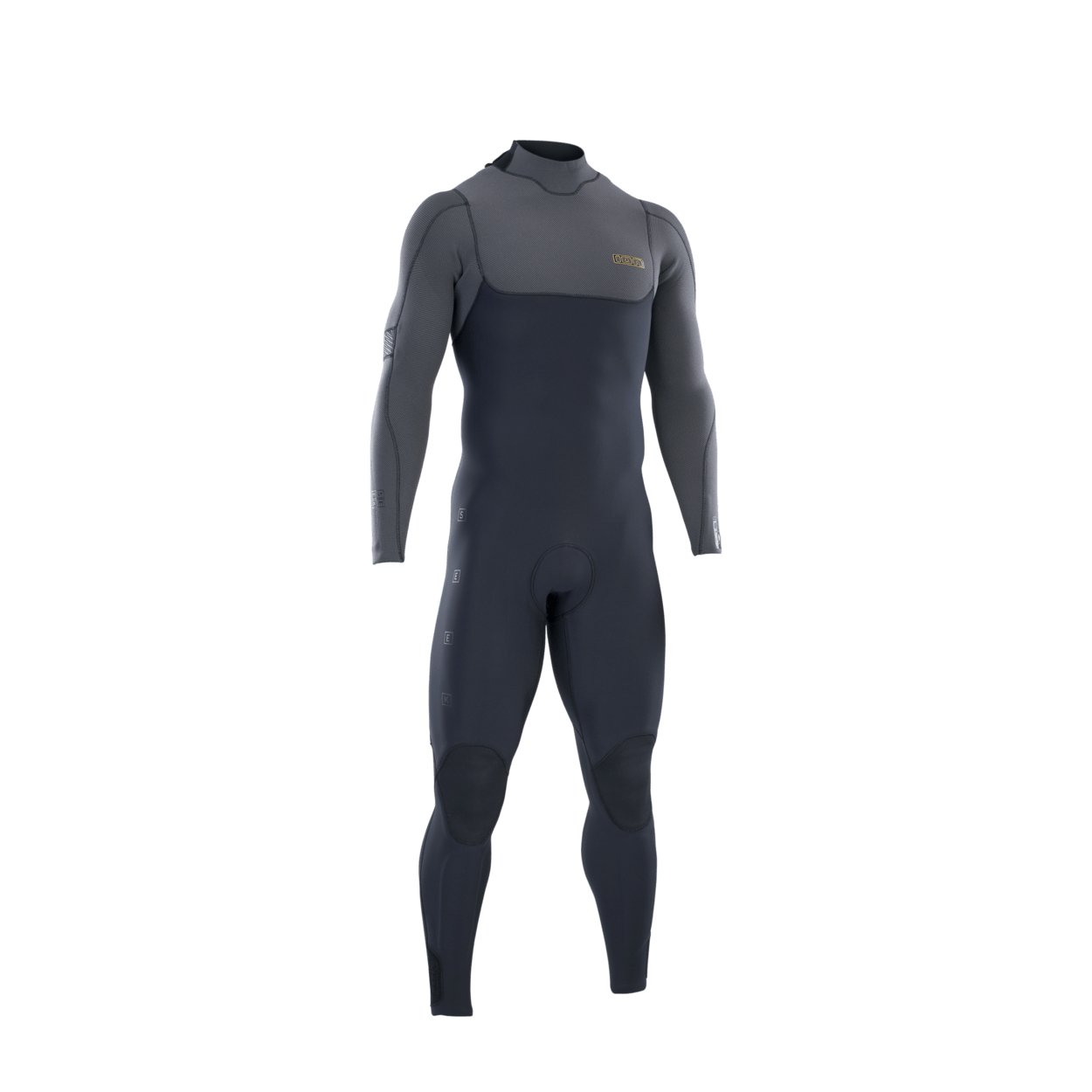
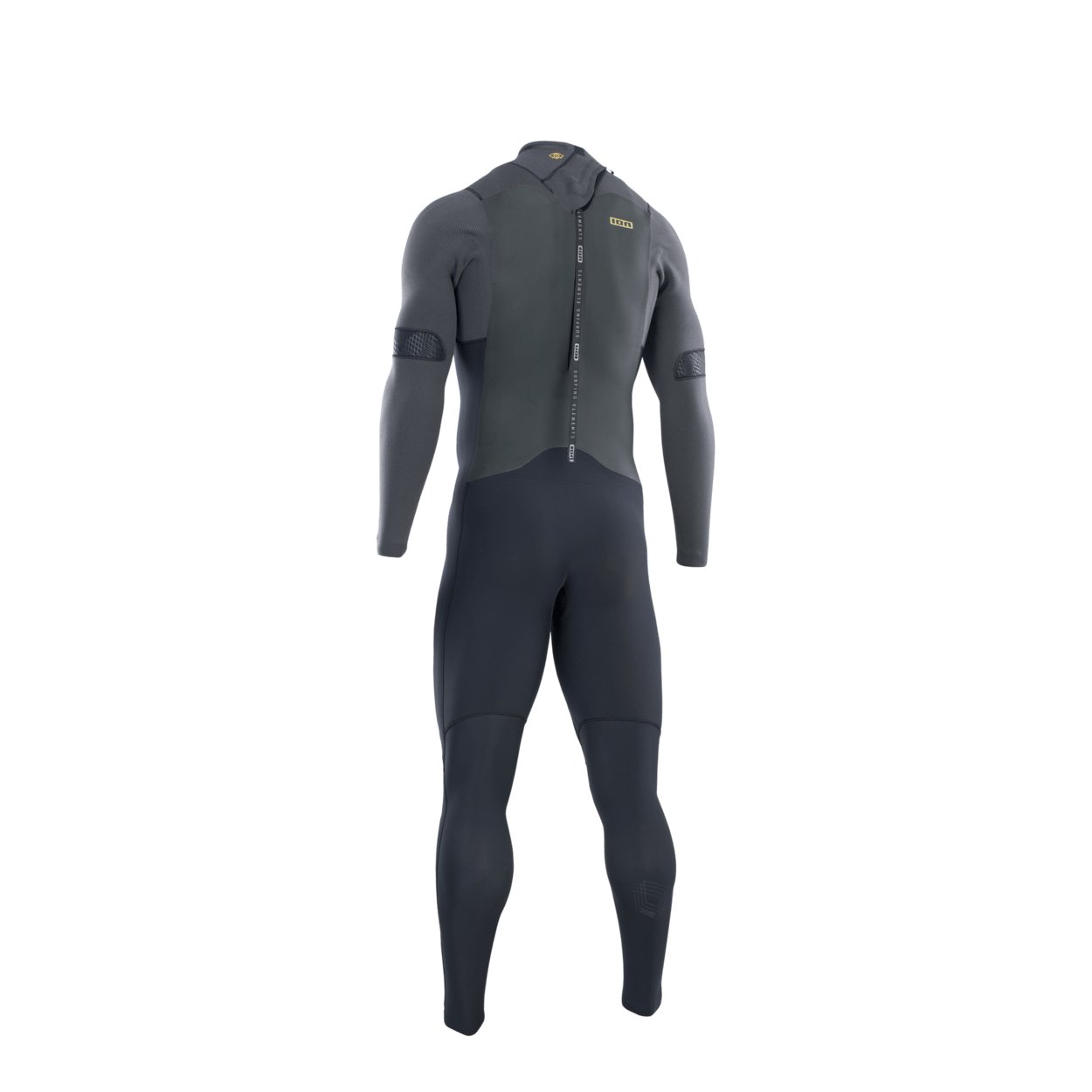
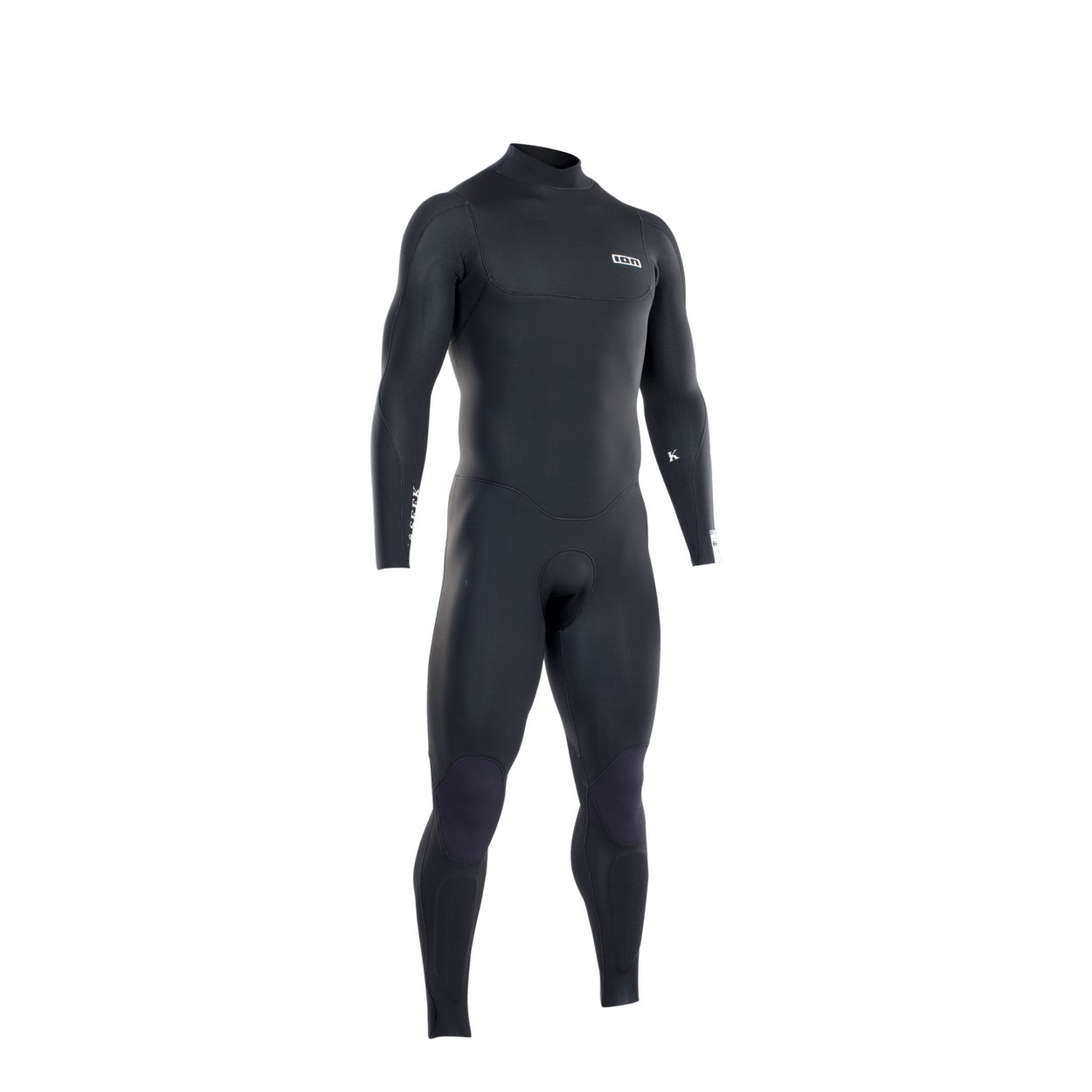
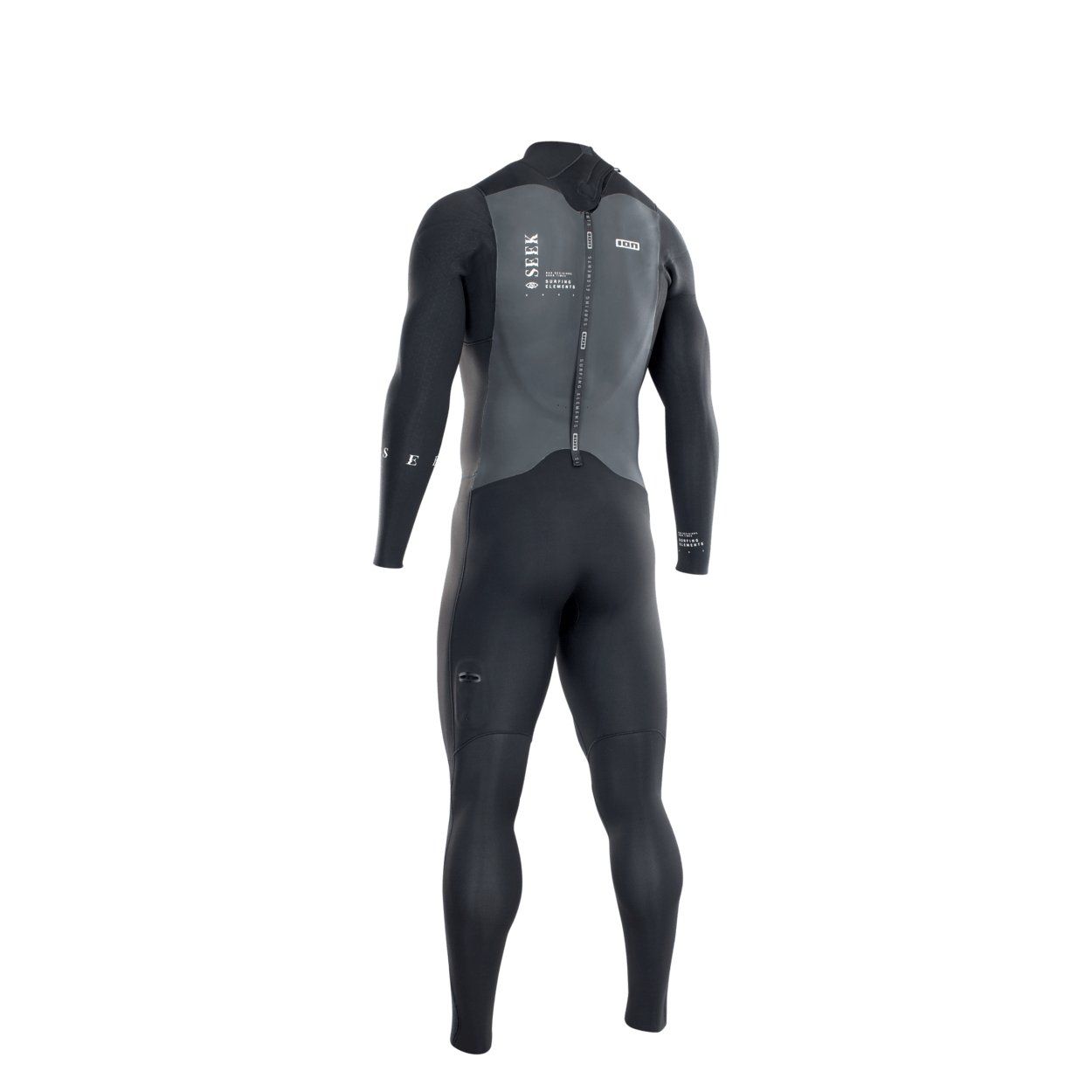




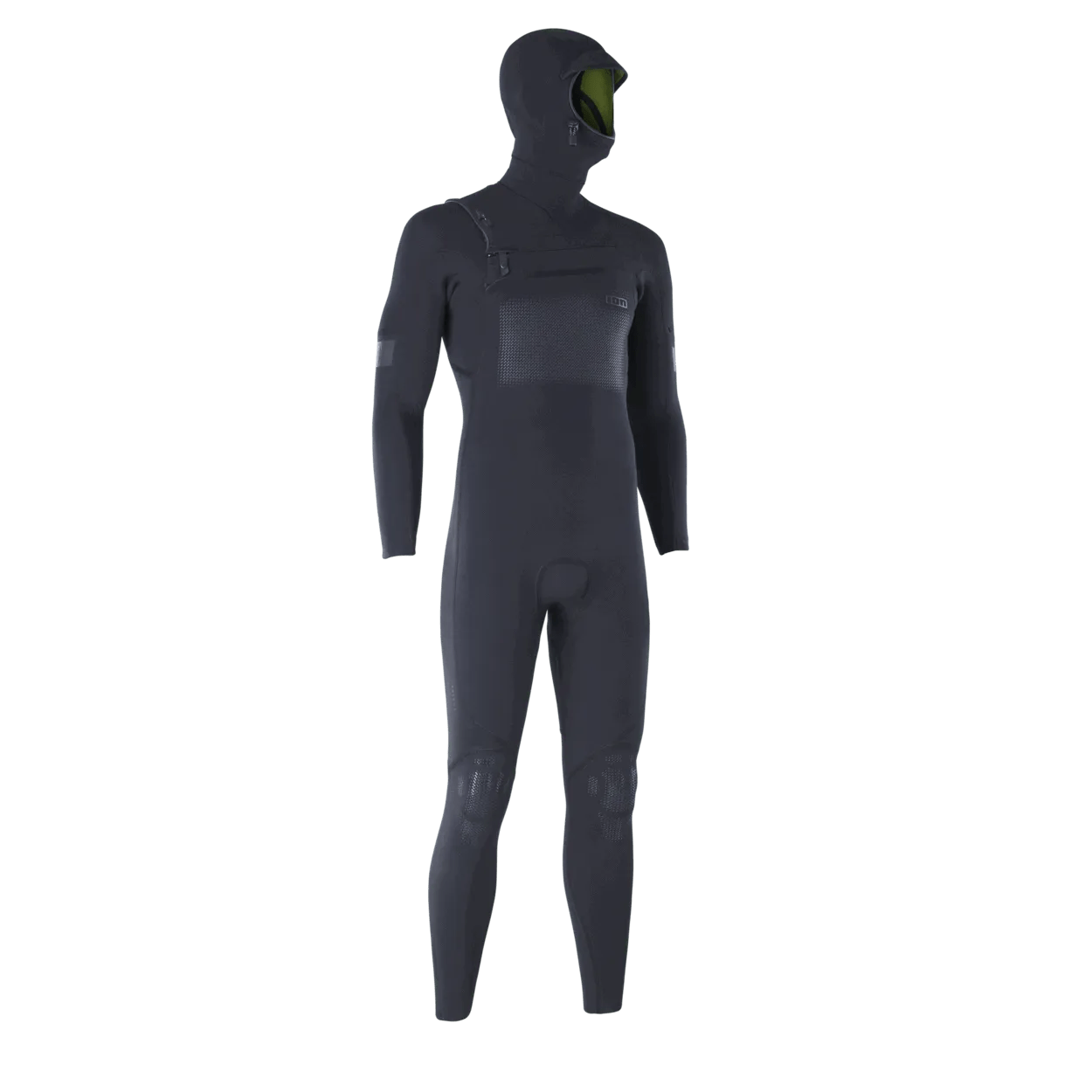

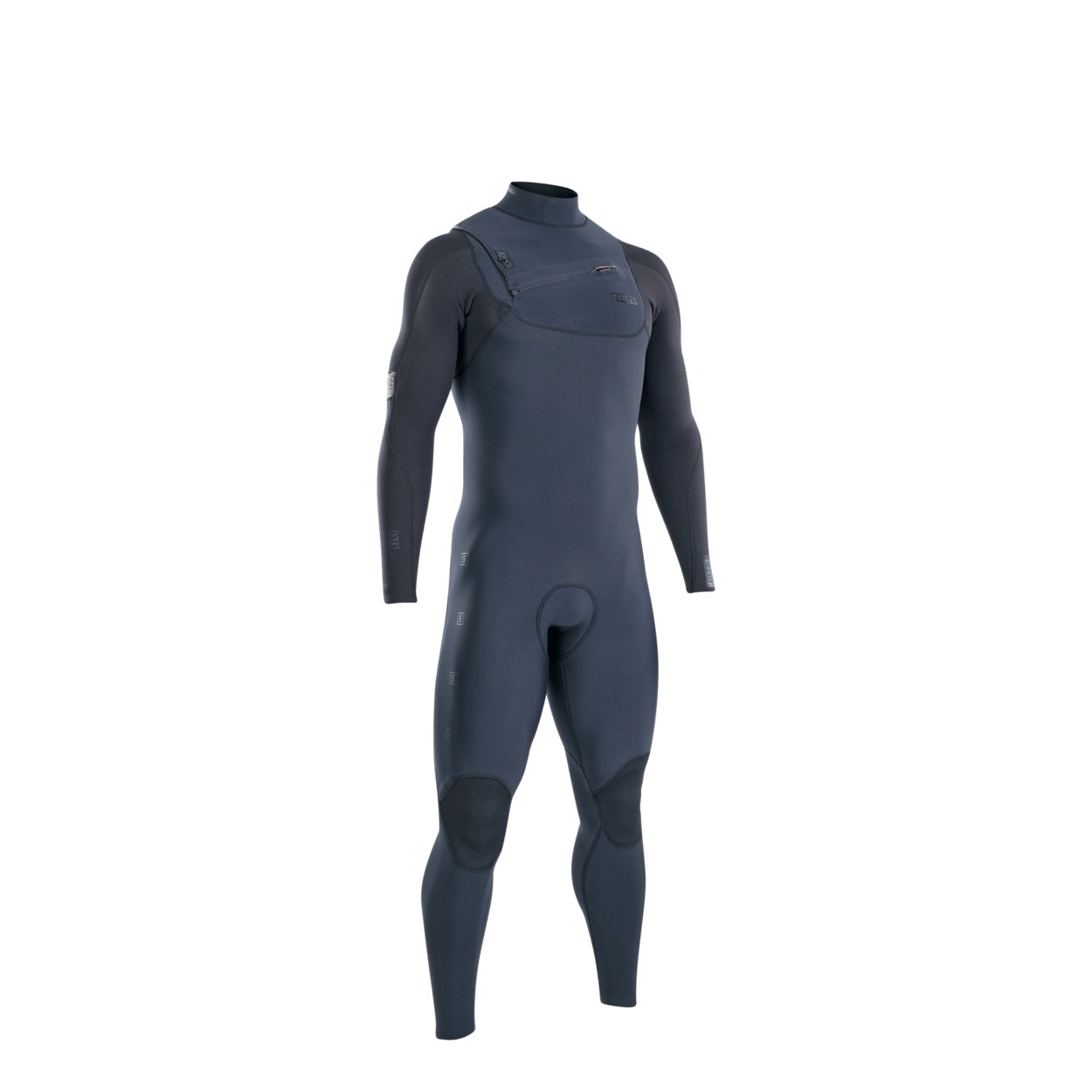
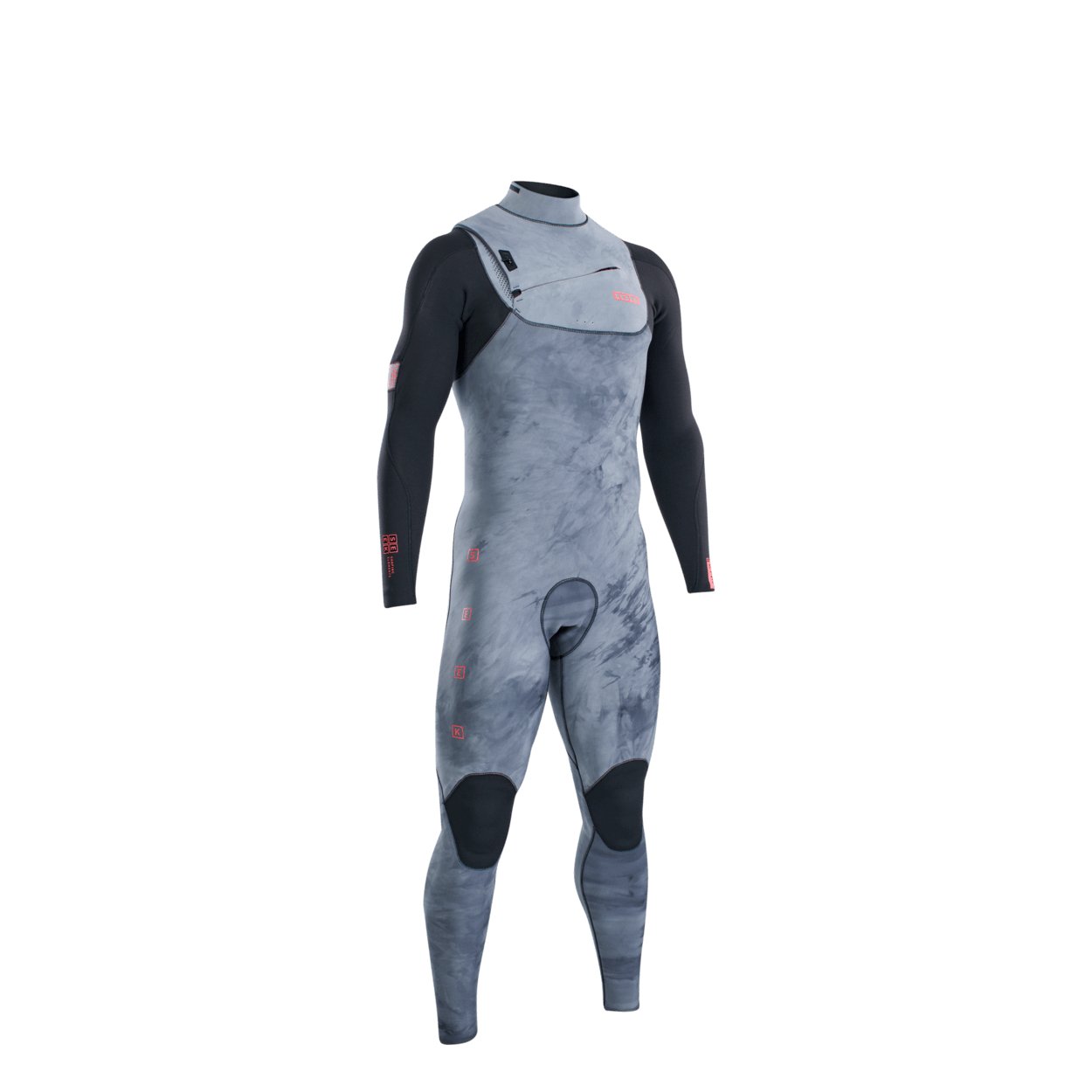

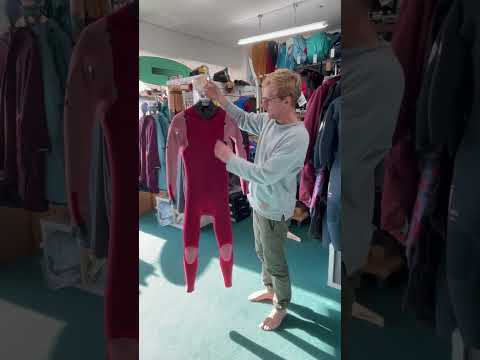




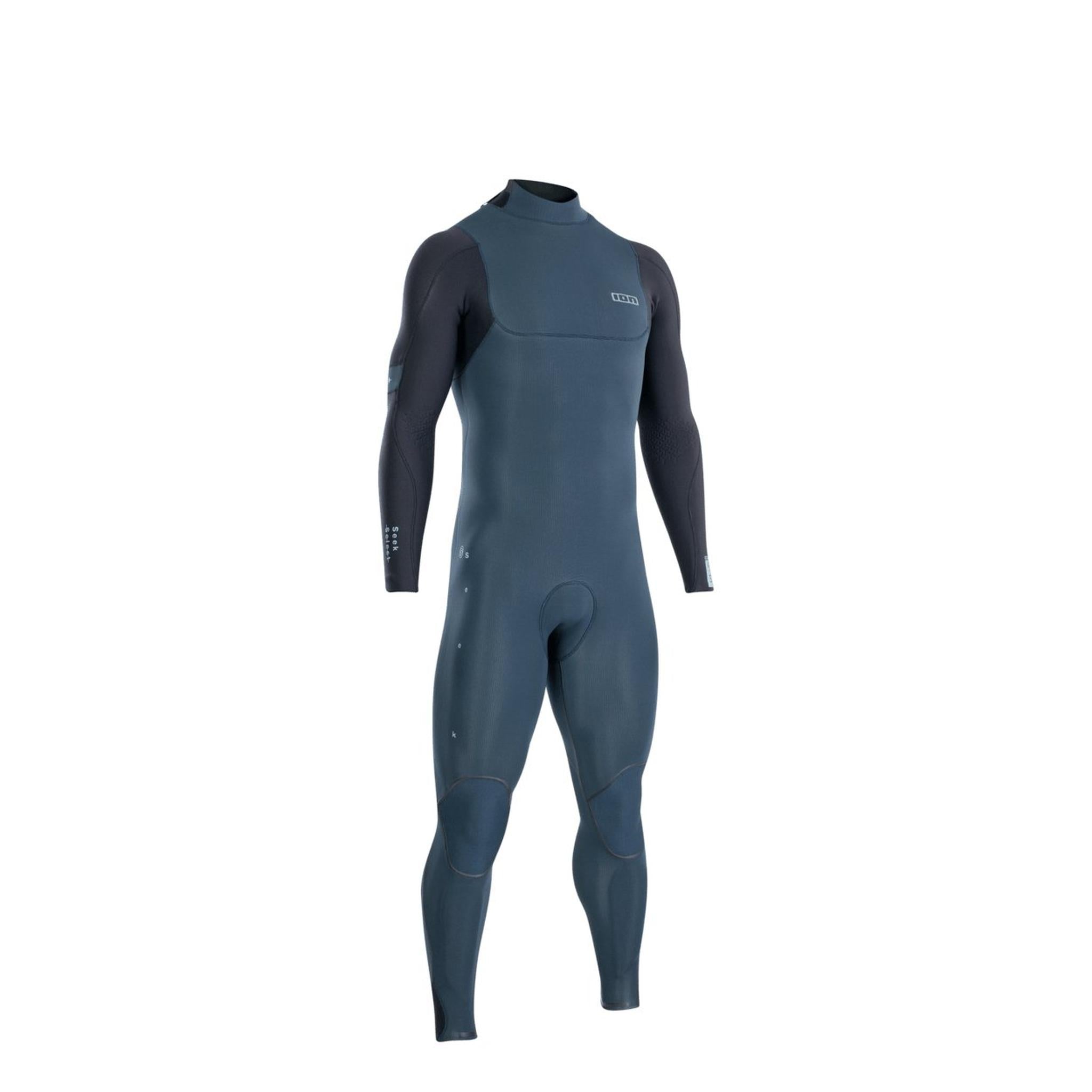
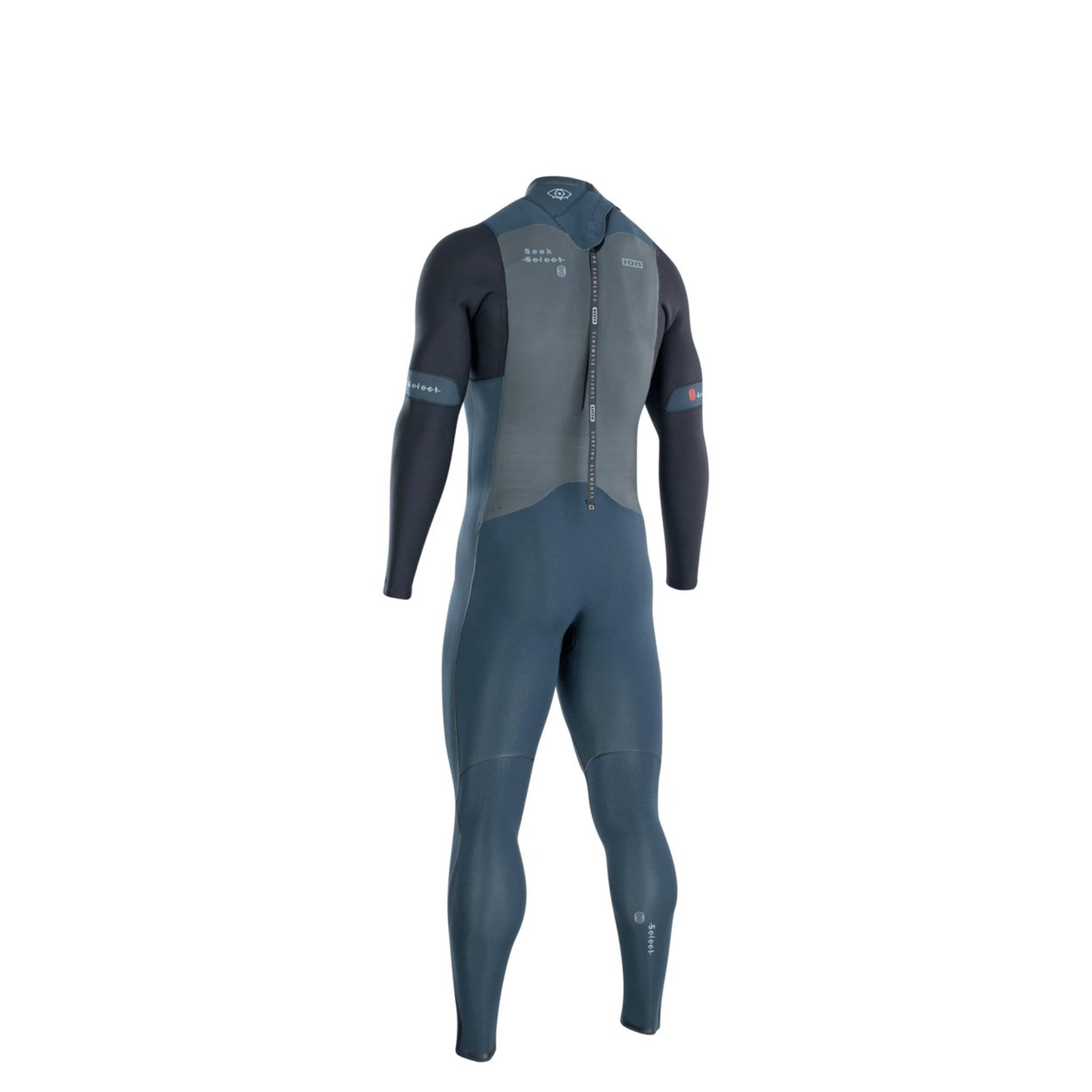
Free delivery over £50*
Please enjoy free delivery on orders over £50 within mainland england.
Get the Best Deal Guaranteed!
A price you want us to match?
We plant a Tree with every order!
Secure payments
Short content about your store
Recently viewed
We clean up after ourselves.
Ecommerce deliveries have a carbon footprint. That's why we support verified projects that remove carbon from the air.



Every delivery’s carbon footprint is calculated based on weight, shipping method, and distance traveled. We neutralize these emissions by purchasing verified carbon removal credits from groundbreaking projects. When you add a contribution to your order, 100% of that money is used to pay for additional carbon removal.



With your purchase, you’ll join a community of proactive merchants and customers dedicated to a sustainable future. Together, we've removed emissions for over 71 million deliveries and removed over 50 thousand tonnes of carbon.

We work with a network of pioneering carbon removal companies that have been vetted by the commerce platform Shopify.


